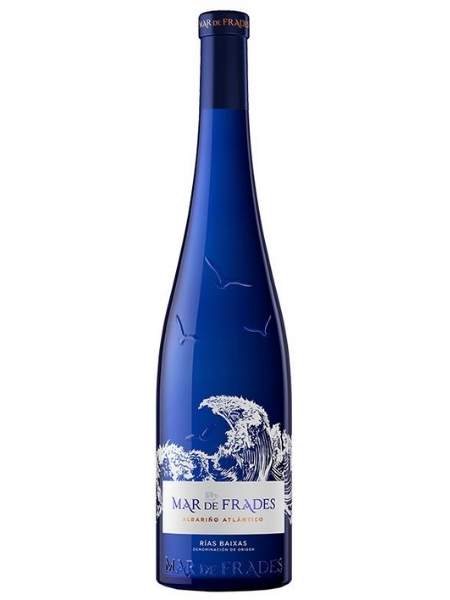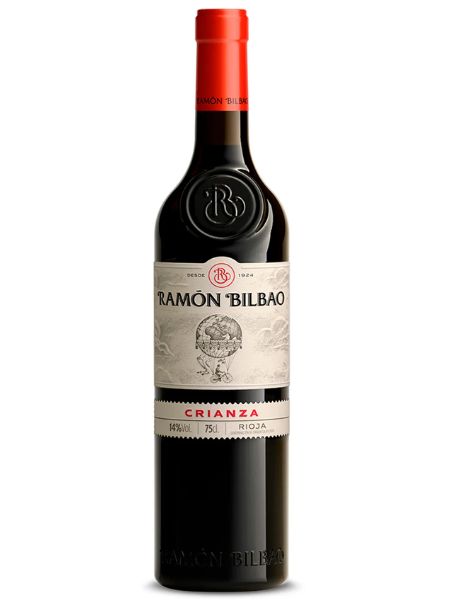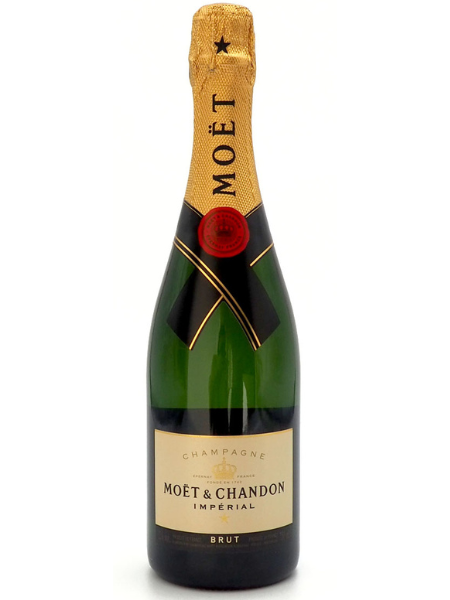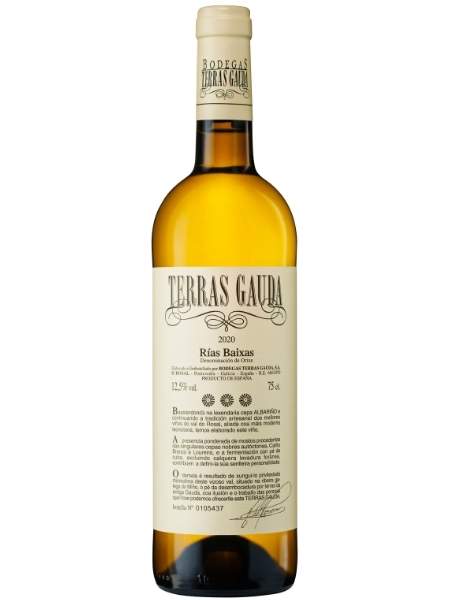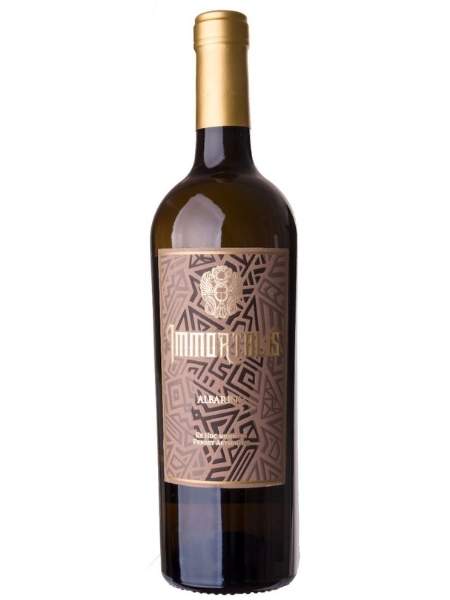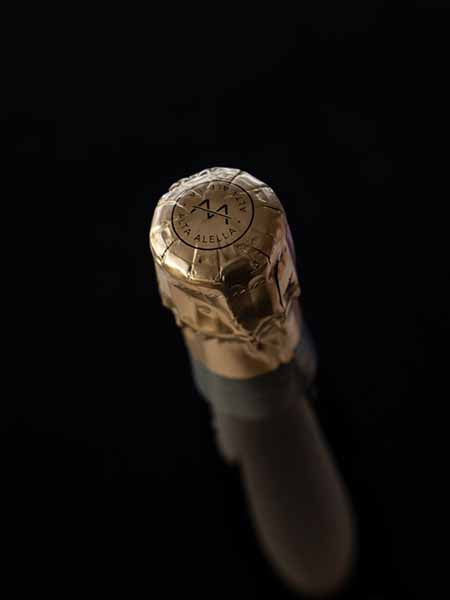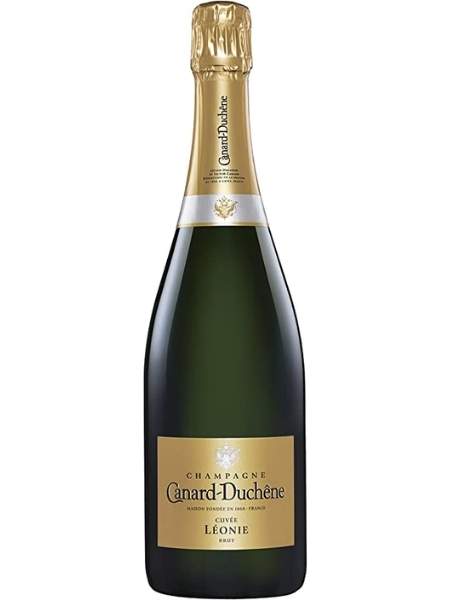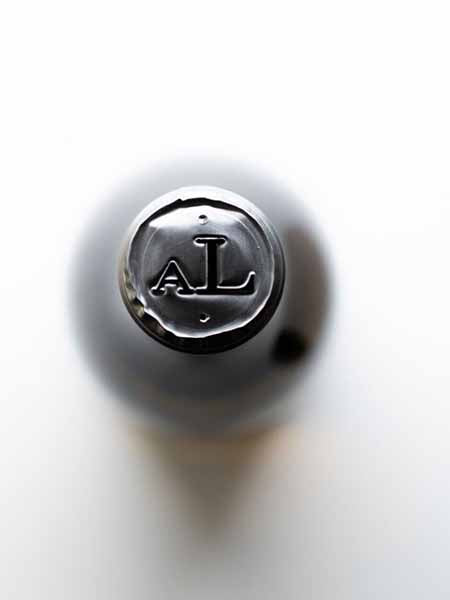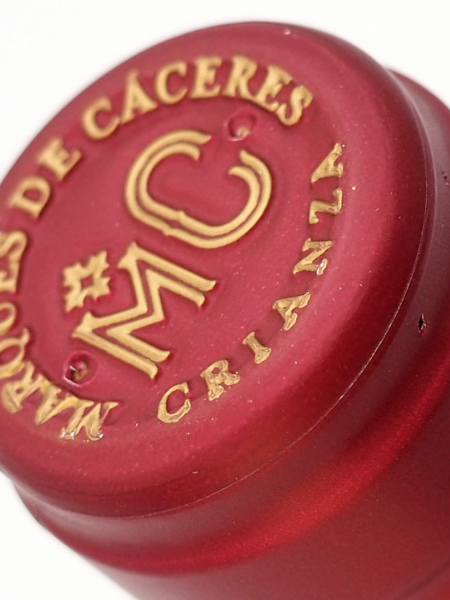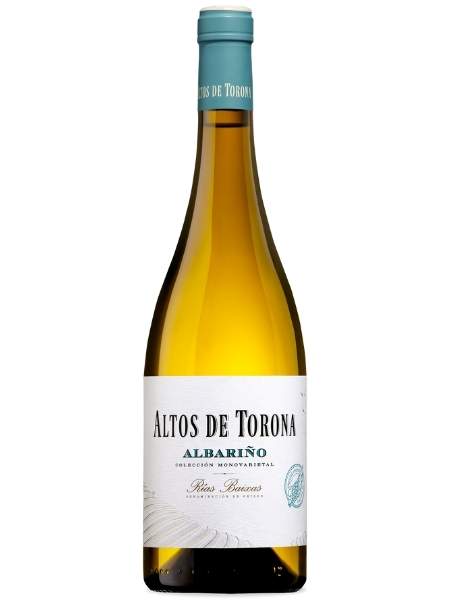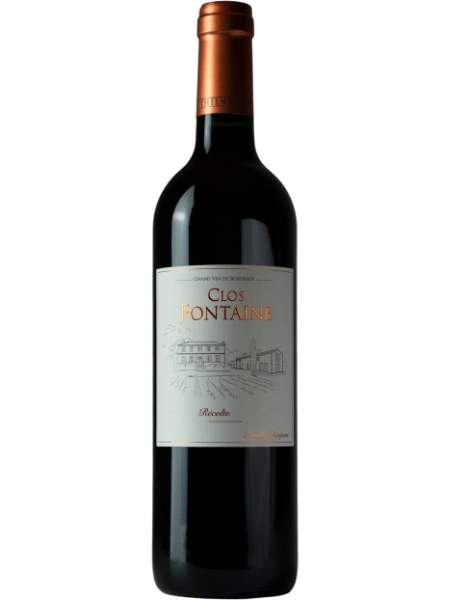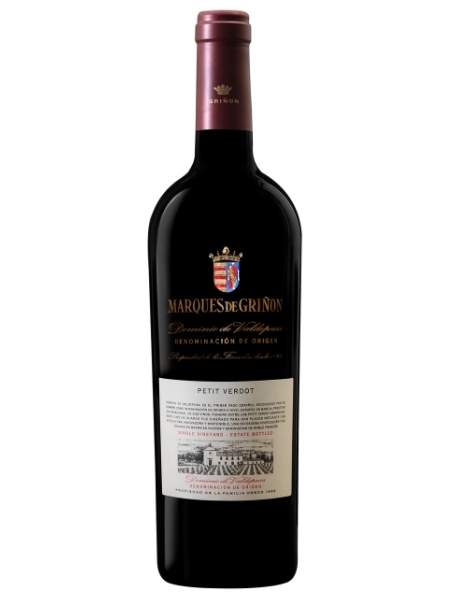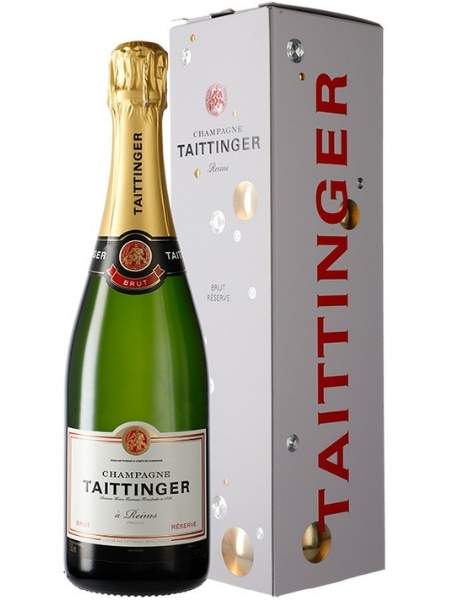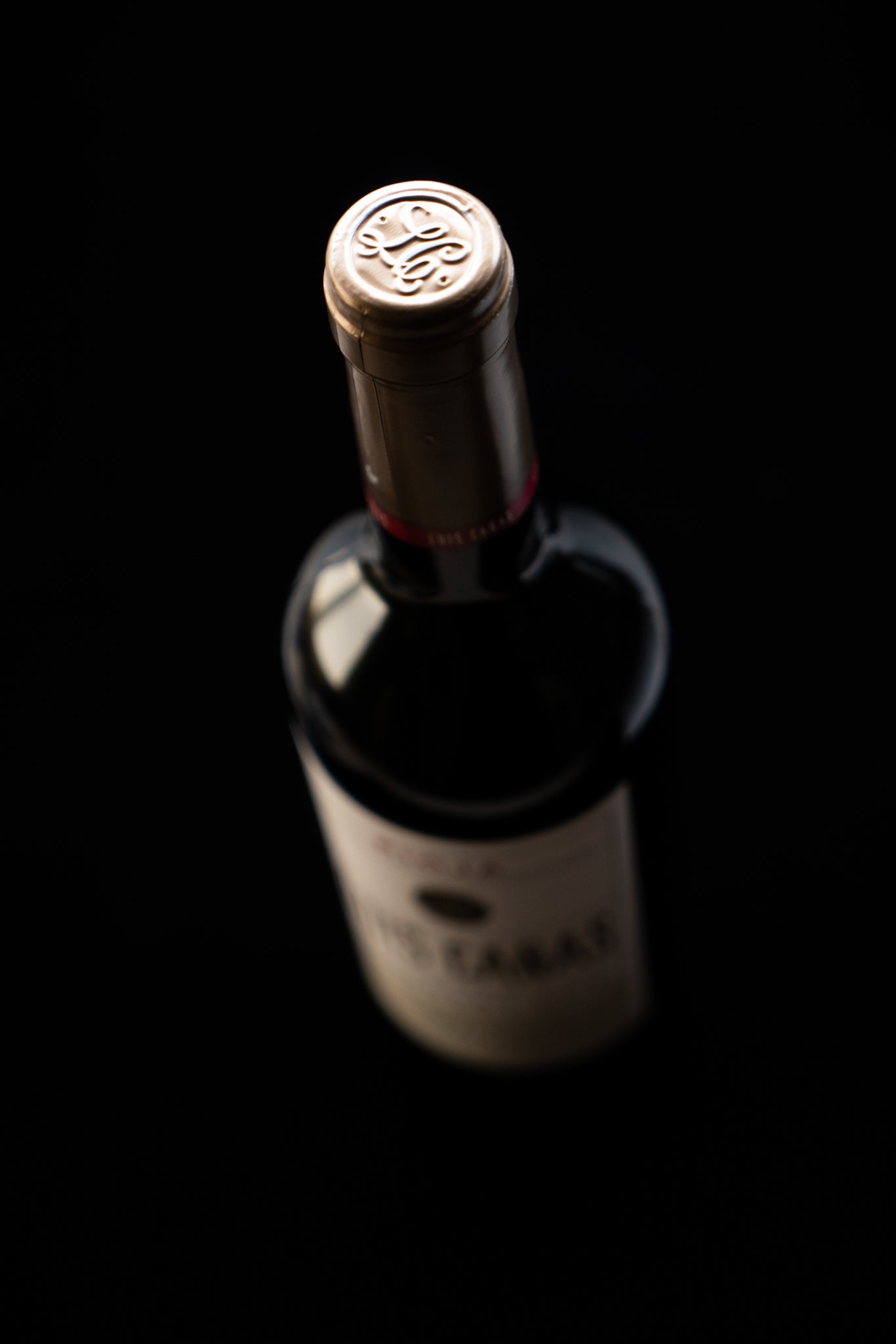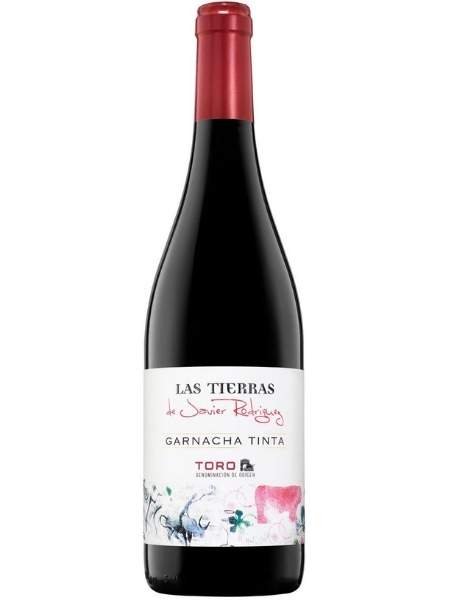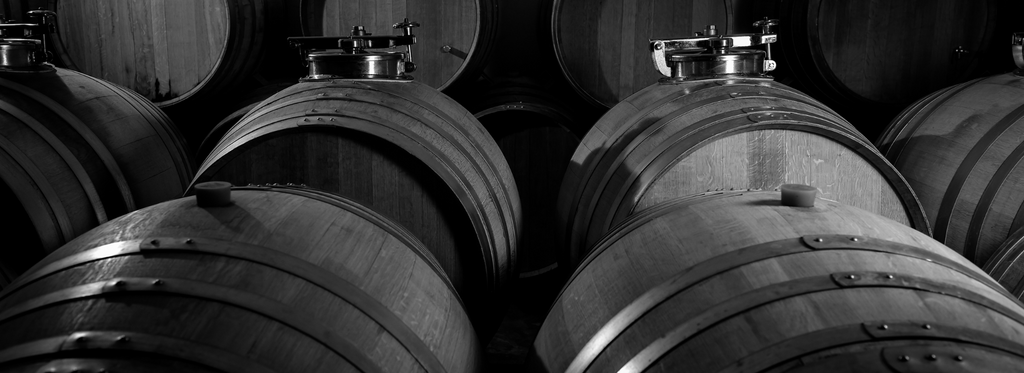
How Wood Barrels Influence Wine Flavors

In wine production, every simple detail has an impact on the final result, from the grapes and vines to what kind of method is used for the ageing process.
The fermentation process can take place in different containers such as barrels, stainless steel tanks or concrete fermenters. The most popular in winemaking history are wooden barrels, followed by concrete fermenters and stainless steel tanks. The most expensive fermentation is in oak barrels, while the most cost-effective is in tanks.
Producers using stainless steel tanks emphasise the purity of the wine, while those using concrete tanks focus on the neutral role of the vessel in imbuing the wine with flavours.
In today's article, we'll focus on explaining the impact the barrel has on wine flavours and the types of barrels winemakers use to make their products exceptional.
The impact of the barrel on the wine
When winemakers want to make a Crianza or a Reserve wine, they need to let it rest and for that, they put the wine into barrels.
This is the part of the winery that normally is underground, to keep the barrels in good temperature conditions. In the Middle Ages, monks already used barrels for keeping the wine and the first wineries start to appear.
Originally, the barrels were kept underground in the castles and monasteries to protect and guard the wine against burglars. The barrels have a huge impact on the taste of the wine, as it adds aromas and texture to it.
The longer the wine is in the barrel and the newer the barrel, the greater the impact it receives. It also has an impact on the colour of the wine.
The colour becomes more stable due to the micro-oxygenation produced by the small amount of oxygen entering through the pores of the wood.
Types of wood barrels
The vast majority of winemakers use oak barrels for ageing wine. However, not all barrels are made from oak, some are made from chestnut or acacia.
Wood is ideal for ageing wine because it allows very little oxygen to reach the wine inside.
It should also be pointed out that wood behaves differently when the barrel is new or not. New barrels tend to have a greater impact on the wine's final spectrum of flavors, while old barrels lose this power with each year of use.
It's also interesting to note that when the barrel is new, it will end up absorbing a good amount of wine inside.
With modern wines come experimental methods of barrel aging. Many winemakers use new method to find exciting flavors for their wine. Some have been experimenting with maturing the wine in whiskey barrels, which results in a unexpected wine due to its complexity and balance of flavors.
If we have piqued your curiosity discover Whisba, a Spanish red wine, toro, matured in whiskey barrels for 18 months.
Oak Barrels
Not all oak barrels are the same, nor do they have the same impact on the wine. There are French barrels, made from Quercus robur oak, and American barrels, made from Quercus alba oak.
Of course, depending on what barrels the winery uses, the wines will have different aromas.
For example, if the wine has been aged in European oak barrels, it will have bitter, spicy, strong, and wooden flavours. In contrast, if the wine has been aged in American barrels, it will have caramel, vanilla, and soft and mellow flavours.
Moreover, the size of the barrels will have an impact on the wine. The larger the barrel size, the less influence the wood will have on the wine in it. The most common is the Bordeaux barrel (with a 225L capacity), which is commonly referred to as barrique, Burgundy (with a 228L capacity) and Cognac (with a 300L capacity)
Classification of the wines depending on the oak barrels
Crianza wines
These wines are aged in wood for at least 6 months and have another period of ageing in the bottle. The most common Crianza wines are red wines, although there are also Crianza white wines.
In turn, according to the ageing time, aged wines can be classified into three other types, although the minimum ageing time for each type varies according to the appellations of origin:
Crianza wines are normally aged for at least six months in wood and up to a maximum of two years in a bottle.
Reserva Wines
Reserva wines are aged for a minimum of one year in wood and up to a maximum of three years in a bottle.
Gran Reserva Wines
Gran Reserva wines have a minimum of two years of ageing in wood and a maximum of five years in bottle. In the case of the Gran Reserva wine, the grapes used for its production are also carefully selected and come from exceptional harvests or single vineyards.
If we refer to white wines, the terminology is the same but the time spent in the barrel is considerably reduced due to the different specifications of the white grape varieties.
We invite you to visit our store to discover more about each of our wines, their history, the process of elaboration and get to know better the wineries behind the bottles.
See you next time , wine lovers,
Dis&Dis Team








